High Heel Shoes
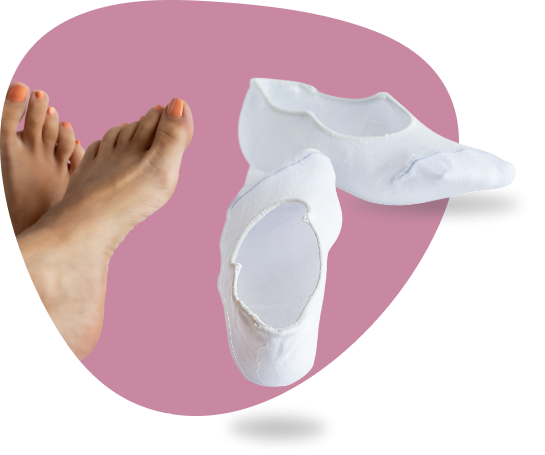
For many women, it’s hard to resist a beautiful pair of shoes — even at the expense of comfort. But the price of wearing unhealthy footwear isn’t paid only at the checkout counter — it may surface years later.
Around 70% of women in Western societies suffer from some form of foot problem — with women’s shoes in general, and high heels in particular, being the main culprits.
Many women find it difficult to say no to stylish shoes, even when they compromise on comfort. This weakness costs not only money, but also results in pain, calluses, and deformities caused by the daily pressure of narrow, pointed high heels. Men, on the other hand, tend to wear comfortable shoes that match the shape of their feet — and as a result, suffer far fewer foot-related issues.
Starting from around the age of one, and throughout our entire lives, our feet bear the full weight of our bodies for most of the day. Constant discomfort in the feet eventually takes its toll over the years. The effects may be felt not only in the feet but also in the legs and lower or upper back. In milder cases, the damage includes skin injuries such as chafing and calluses caused by tight shoes or uneven weight distribution on the foot.
To prevent such problems, it’s important to wear shoes that are comfortable, wide, and soft — allowing the entire foot to make even contact with the ground at once.
Insoles for Semi-Narrow Heeled Shoes
Realistically, most of us won’t give up high heels entirely — but we can reduce the long-term damage by using specially designed insoles for heeled shoes.
A common issue, especially among older women, is pain in the balls of the feet caused by pressure on the heads of the five metatarsal bones. This condition is often treated by adding insoles to heeled shoes or by wearing orthopedic shoes designed with a slight upward curve at the front of the sole.
Another frequent problem is various deformities of the foot, which not only cause pain and discomfort but also present aesthetic concerns. Narrow shoes and high heels often contribute to the outward deviation of the big toe — a condition that frequently affects the other toes as well. The protruding base of the toe becomes a constant source of discomfort, pain, and inflammation. Treatment for this condition, known as hallux valgus (bunions), includes wearing comfortable shoes with special toe separators. In more severe cases, surgery may be necessary. Although it is generally not recommended to wear high heels with this condition, if you must — choose a heel made of soft leather, wide enough in the front, and ideally, use a suitable insole for heeled shoes.
Another deformity caused by wearing high heels is hammer toe — a condition in which the middle joint of the toe cannot be straightened, causing the center of the toe to protrude upward, often leading to friction and calluses.
When walking in high heels, the forefoot tilts downward while the toes lift upward, creating an unnatural angle between the foot and the toes. As a result, the ligaments that stabilize the toe joints from below stretch, while those above loosen. In mild cases, this condition can be managed by wearing soft, comfortable shoes with a cushioned forefoot; in more advanced stages, surgery may be required.
High heels force the foot into an unnatural inclined position. This leads to accelerated wear of knee cartilage and shortening of the tissues in the front of the thigh. Furthermore, due to their reduced stability compared to flat shoes, high heels contribute to a higher risk of falls — and the injuries that may follow.
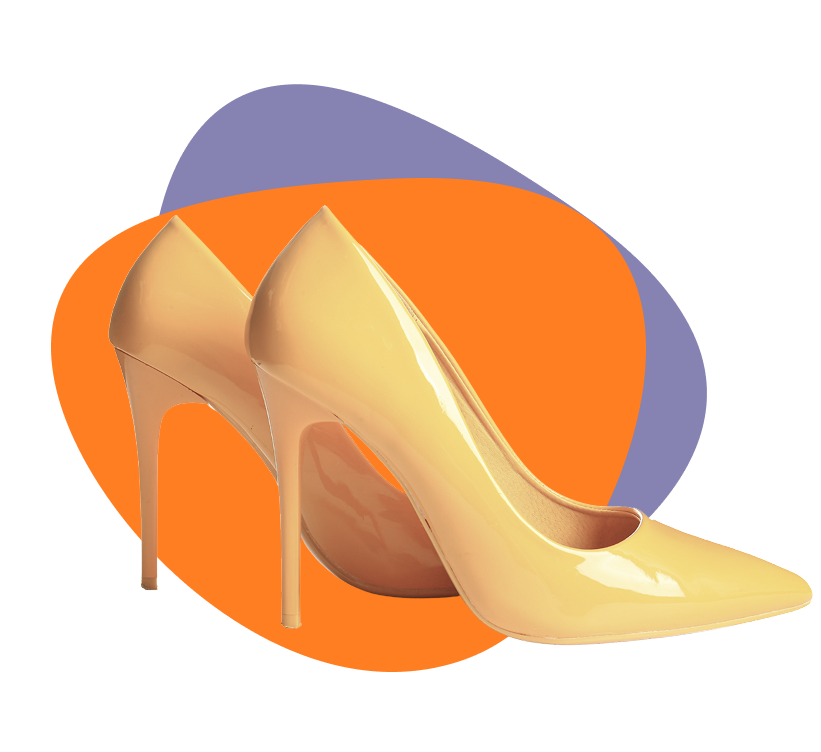
The Ideal State – Barefoot
One of the most noticeable consequences of frequent high-heel use is the body’s adaptation to an unnatural posture, resulting in the development of unhealthy standing and walking habits. The most natural state for the foot is barefoot — completely unrestricted. Therefore, the ideal shoe is one that closely mimics the sensation and biomechanics of walking barefoot.
The best example of this concept is JOYA shoes, which are designed to simulate the movement of the body as it walks barefoot on soft surfaces.
It’s recommended to buy shoes in the second half of the day, as the feet tend to widen due to fluid accumulation. Always try on shoes on both feet, and if you use insoles — make sure to wear them during the fitting. While trying on the shoes, make sure your toes have enough room to move — but not too much, as the shoe should still hold the foot securely. Look for shoes with a soft, flexible sole made from breathable materials to help reduce sweating.
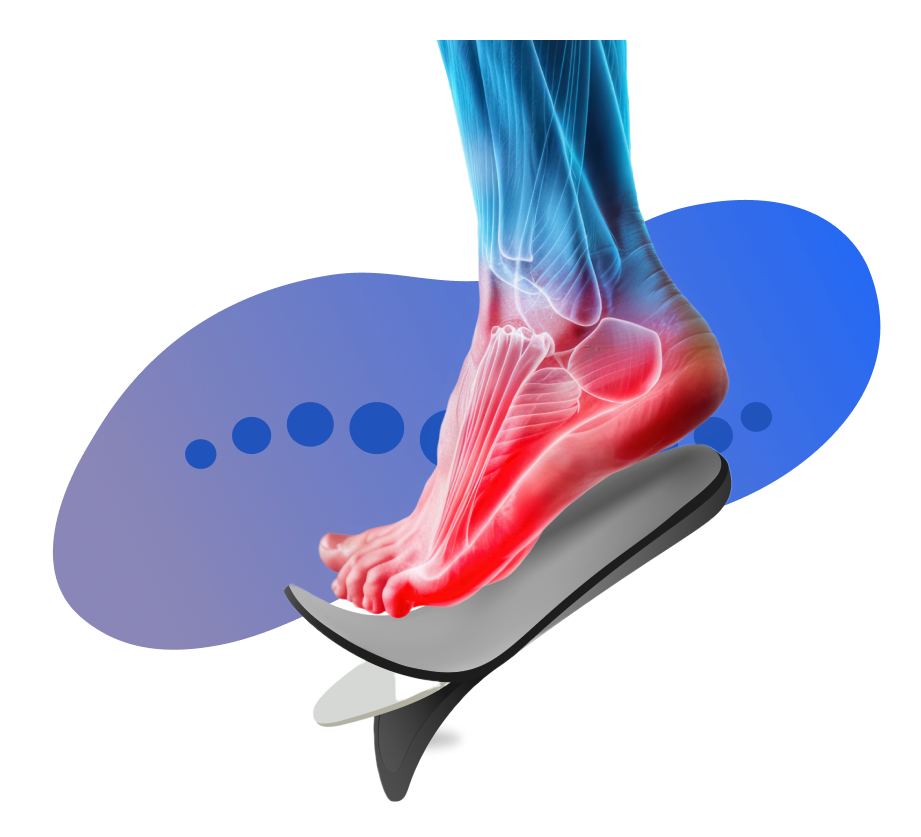
And What About High Heels?
The obvious answer might be “off limits,” but realistically, women are unlikely to give up high heels anytime soon — and many will continue to endure discomfort for the sake of style. However, among the many types of high heels, some are more harmful than others. The good news is that discomfort and potential damage to the feet can be minimized by using insoles specifically designed for high-heeled shoes.
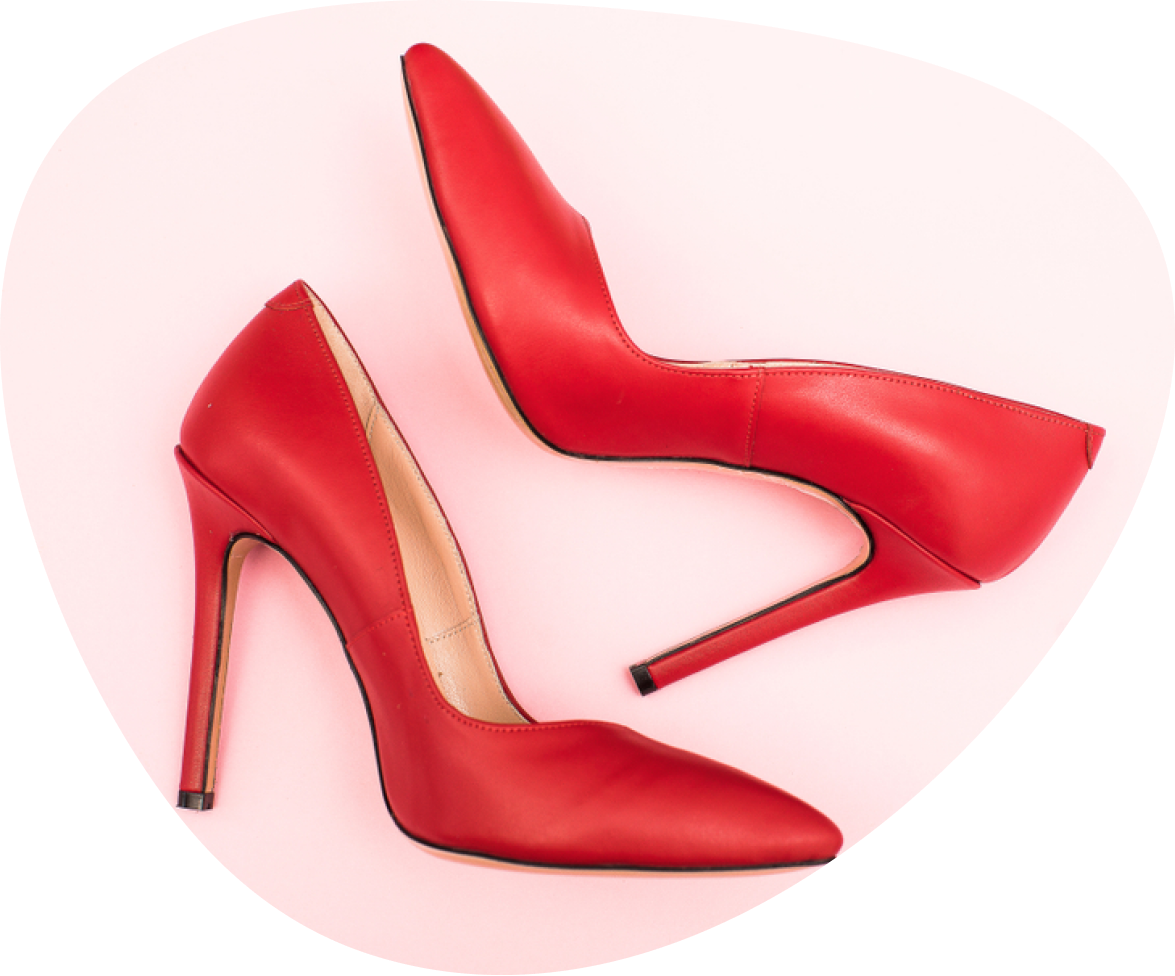
If You’re Going to Wear High Heels, Keep These Tips in Mind:
Shoes with thin heels are significantly less stable than platform heels, making them more prone to slips and falls. On the other hand, platform soles are usually stiffer due to their thickness and don’t flex well with the natural movement of the foot. It’s best to try on both types and choose the one that suits your feet better.
The heel height should ideally not exceed 5 cm (2 inches), and if possible — go lower. The wider the heel, even by just a few millimeters, the more stable and comfortable the shoe will be. Also, make sure the slope difference between the ball of the foot and the heel does not exceed 3 cm.
If the front of the shoe is especially narrow (like pointed-toe shoes), leave the pointed tip empty — your toes should stop before reaching it. If that means the shoe is too big and slips off your foot — it’s best to pass on it.
The Insole Every Woman Should Know About
Read more about Cobra Insoles, specially designed for elegant shoes and high heels.
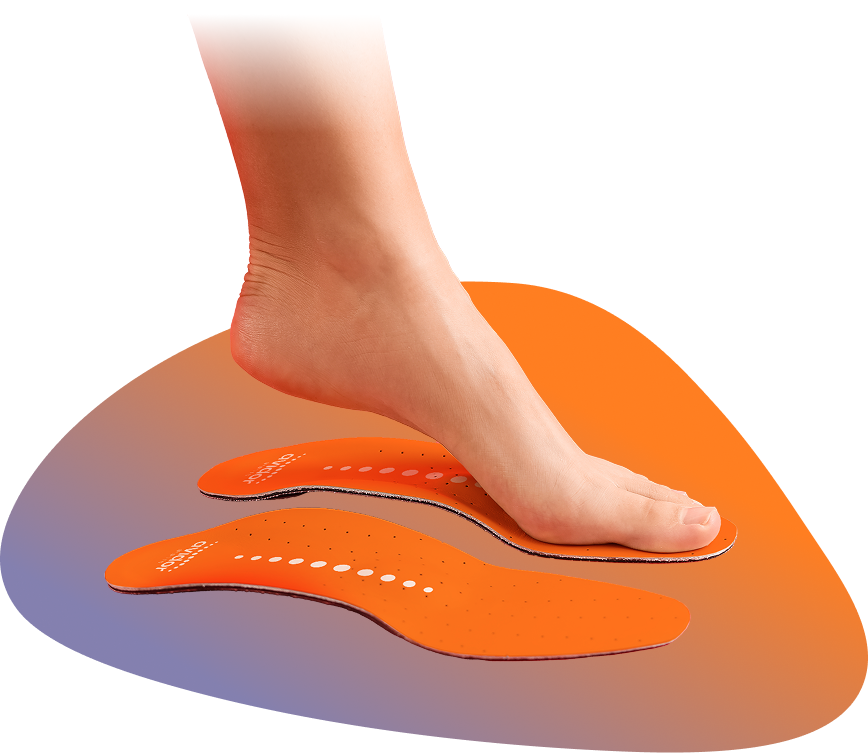
Who Needs Custom Insoles?
If you identify with one or more of the following groups — there’s a good chance that custom insoles can improve your quality of life:
Quick, effective treatment by a certified physiotherapist
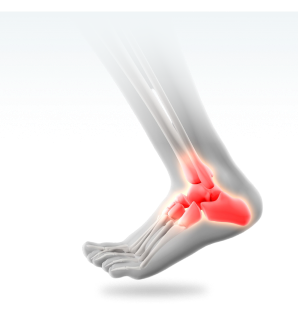
People with different foot anatomies
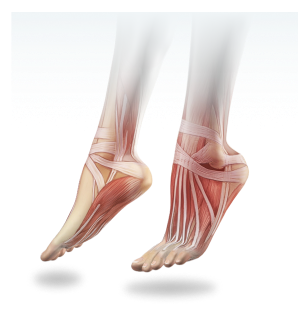
People with minor foot structure variations
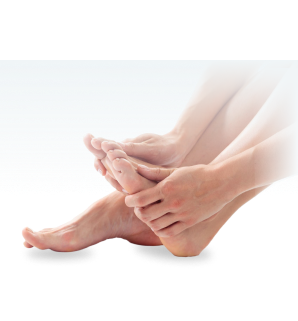
People who feel fatigue and/or discomfort in the soles of their feet
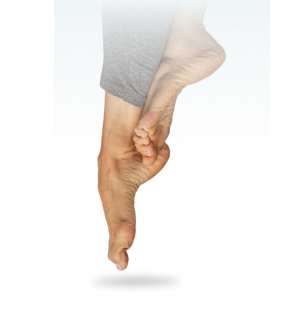
Important to Note!
Even people who don’t currently suffer from pain or discomfort may still benefit from custom insoles — especially if they spend most of their day walking or standing.
Even without pain, your feet may benefit from better support and alignment.
Custom insoles can improve posture and reduce fatigue — even without noticeable pain.
Insoles help with balance and shock absorption, preventing strain and future injury.
Good insoles support your joints, spine, and posture — even if you feel fine today.
How Are Custom Insoles Made?
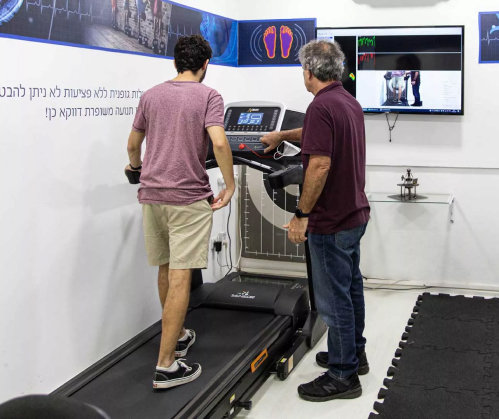
Walking and running on a unique treadmill equipped with sensors that measure pressure distribution across all foot zones — both in motion and while standing.
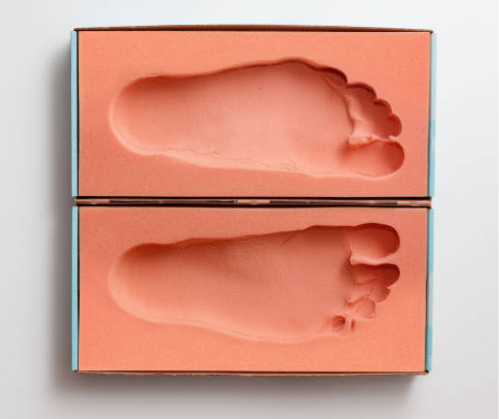
An impression of the foot is taken using a special polymer base.
The insole is then manufactured precisely according to the imprint and refined by the lab for maximum accuracy and effectiveness.
Why Is Customization So Important When It Comes to Insoles?
The process of designing truly custom insoles is complex and requires professional expertise. After collecting detailed data — focusing on gait, pressure distribution, foot shape, and more — a podiatrist or orthopedic expert builds an accurate plan for your insole. This plan considers far more than just the foot’s appearance; it factors in your walking pattern, lifestyle, type of footwear, and the specific issues you’re experiencing.
The insoles are then manufactured in a precise, personalized process. Later, the patient returns for a follow-up to ensure the insoles are effective and beneficial. This extra check helps verify that the comfort, support, and pressure distribution are working as intended.
At our insole lab, we use advanced polymer molds to capture the exact contours and shape of your feet — including arch height, pronation, foot length, and forefoot width. With this data, we craft insoles tailored precisely to your needs. The result? Personal insoles that relieve pain and discomfort caused by a wide range of issues — orthopedic, structural, or neurological.
In Summary
Custom insoles are a proven therapeutic tool that can significantly improve your quality of life. Whether you’re dealing with chronic pain, performance issues, or simply want to move more comfortably, investing in truly personalized insoles is a smart long-term decision. If you’re considering buying insoles, we strongly recommend consulting with a specialist who can help determine the exact solution that fits your body and lifestyle.
Testimonials
Professional and caring service. Custom insoles tailored with exceptional precision – they significantly improved my posture and comfort. Highly recommended!
Excellent service and attention to detail. The custom insoles were perfectly suited to my needs – my posture improved dramatically. Highly recommended!